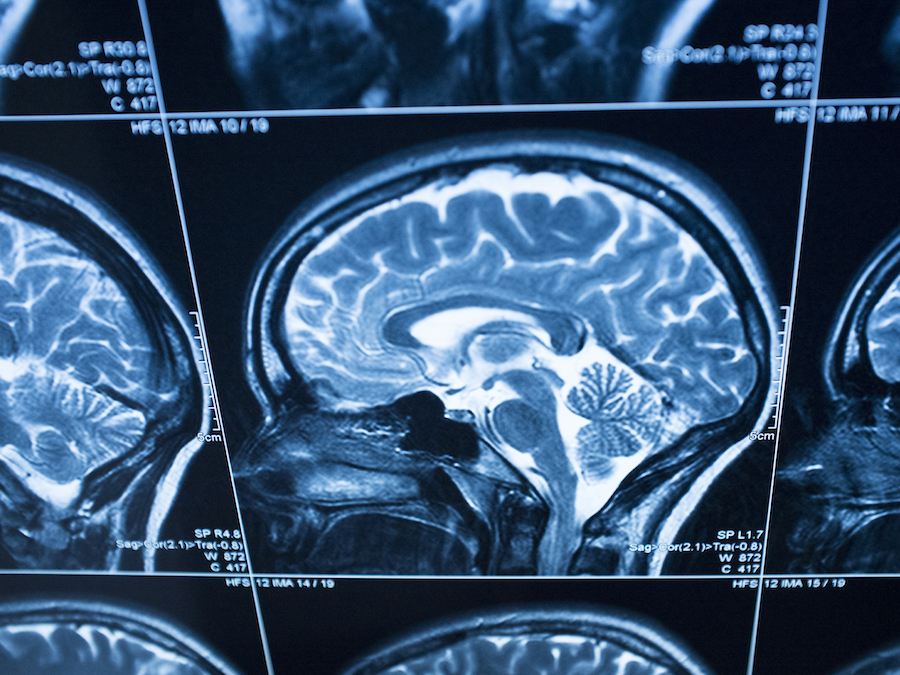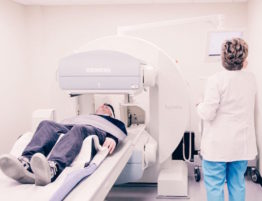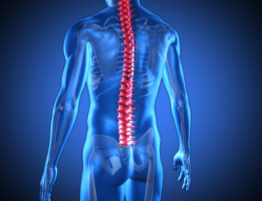
Traumatic Brain Injury Accident Lawyers• Personal Injury Trial Lawyers, Los Angeles County
Our personal injury trial lawyers represent accident victims who have suffered a traumatic brain injury throughout Southern California, including Los Angeles County and the Counties of San Diego, Santa Barbara, San Bernardino, Ventura, Riverside, and Orange County.
A permanent brain injury may be difficult to recognize or prove. Changes in a person’s behavior or personality may be subtle. But with all damage to the brain, the earlier a brain injury is diagnosed, the earlier a person can begin a treatment program.
A brain injury can be devastating for both the person injured and his or her family. Therapy, medical treatment and supplies can be exceedingly expensive. A legal claim can help you secure financial assistance from the party responsible for the injury. If you or a loved one has suffered a brain injury, contact the brain injury lawyers from Stolpmann, Krissman, Elber & Silver, LLP, can evaluate your situation and prepare a claim for your medical expenses.
Types of Traumatic Brain Injuries
The brain may be injured as a result of a non-contact injury or disease. One of the most common non-contact injuries is whiplash. A violent jolting of the head can cause nerve shearing. Nerve shear is defined as the tearing of the fragile nerve fibers in the brain. This type of injury can be difficult to diagnose, but the effects can be devastating.
In addition, certain parts of the brain may be injured during medical emergencies such as stroke or heart attack. Stroke (also known as cerebrovascular accident or CVA) and heart attack may affect the brain’s blood and oxygen supply causing localized or even widespread brain damage. In addition, the brain may be injured as a result of a near drowning, suffocation or heart-stopping electrical shock. When the brain is deprived of oxygen and the brain cells die as a result of oxygen deprivation, it is known as an anoxic brain injury, which is different from traumatic brain injury. With a traumatic brain injury, there is bruising and swelling of the brain.
A contact traumatic brain injury causes damage to the brain as a result of external force to the head. A contact traumatic brain injury may either be a penetrating head injury, such as when a bullet or other object penetrates the brain, or a closed head injury, such as when the head hits the dashboard or windshield in a car accident or a person falls down the stairs and hits his or her head. If the head is moving at the time of the contact, there may be a contrecoup injury. With this type of injury, the brain damage occurs on the side opposite of the point of impact when the brain is slammed into that side of the skull. Common causes of contact traumatic brain injuries include:
- Sports mishaps
- Work-related accidents
- Slip and fall or trip and fall accidents
- Car, truck, motorcycle or pedestrian accidents
- Violence and assault
A closed head injury is caused by external force to the head that does not penetrate the skull. Even though an object may not penetrate the head, the potential for injury is still high. In fact, a closed head injury is often more dangerous than a penetration injury. When the brain is jostled in its entirety, there is a greater chance of more widespread damage than when compared to a penetration injury, which typically affects only one area of the brain.
Brain swelling and bruising may result from a violent blow to the skull. After the head is hit, the brain can “bounce” off the inside of the skull. This may cause nerve shearing as well as swelling and bruising of nerve tissue. This swelling can create pressure inside of the head, which in turn leads to compression of vital blood vessels, hindering the brain’s blood and oxygen supply.
Classifications of Brain Injuries
Traumatic brain injuries are generally classified as mild, moderate or severe, based on the injured person’s Glasgow Coma Scale (GCS) number. The GCS assigns a point value based on particular responses given by the injured person. The majority of brain injuries are classified as “mild.” A mild traumatic brain injury (MTBI) is a traumatically induced physiological disruption of brain function as shown by any loss of consciousness lasting approximately 30 minutes or less; any memory loss for events immediately before or after the incident, but not lasting more than 24 hours; any alteration in mental state at the time of the accident such as confusion or feeling disoriented; or any focal neurological deficit that may or may not be transient. The Mild Traumatic Brain Injury Committee of the Brain Injury Interdisciplinary Special Interest Group of the American Congress of Rehabilitation Medicine developed this definition of MTBI.




